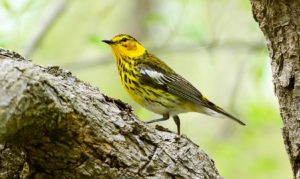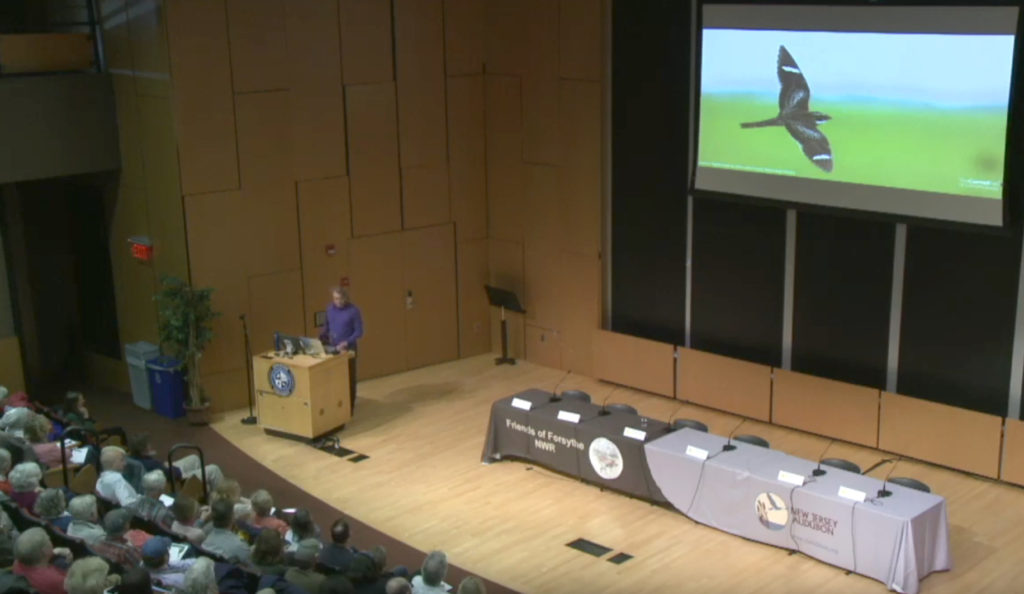The Disturbing Decline of North American Birds
More than 90% of the total loss of birdlife in the U.S. and Canada comes from just 12 avian families, including familiar families such as sparrows, warblers, blackbirds, and finches. Multiple common or familiar species have declined more than 50% within that interval, including Ruddy Turnstone (down 80%), Baltimore Oriole (down 44%), Northern Bobwhite (down 78%), and Eastern Meadowlark (down 80%). Bobolink, Chimney Swift, Black-billed Cuckoo, Cape May Warbler, Long-eared Owl, Eastern Whip-poor-will, and Olive-sided Flycatcher have all suffered strong declines. Click here to view the report on the state of the birds in 2022.
What has caused the decline? Ultimately, the problem boils down to having too many people on this planet. In 1900 there were 1.6 billion people on earth; by the year 2000 there were 6 billion, and by 2050 world population is expected to reach 9.6 billion people. This growth is not sustainable, since the earth has limited resources. We (not sharks) are the top predator, and our consumer society means just that...we consume and consume and consume, and the planet and nearly everything else that lives on it suffers. The result is extensive habitat loss to provide homes and food and supplies for the ever-growing population, resulting in loss of plants and animals that are lower on the food chain. Please watch an enlightening presentation by Sir David Attenborough that puts population growth in perspective. The most direct contributors to loss of birds include feral cats, window strikes, wind turbines, and continued hunting/harvesting.
Climate change is one of the human-induced challenges to birds. The Audubon Society has created a website that shows how the range of 604 species of birds is predicted to change as temperatures continue to rise. You can access that web site here. to find the birds that are most susceptible to rising temperatures.
To reverse this process, steps have to be taken at governmental levels. But what can we do as individuals to help the recovery? Seven simple steps are suggested on the Cornell web site, including keeping cats indoors, switching to drinking shade-grown coffee, reducing plastic consumption, and promoting native plants. A more detailed description of those seven steps can be found by clicking here.
A panel discussion that was held at Stockton University on March 7, 2020 on the dramatic decline in bird populations in North America can be viewed by clicking here.

